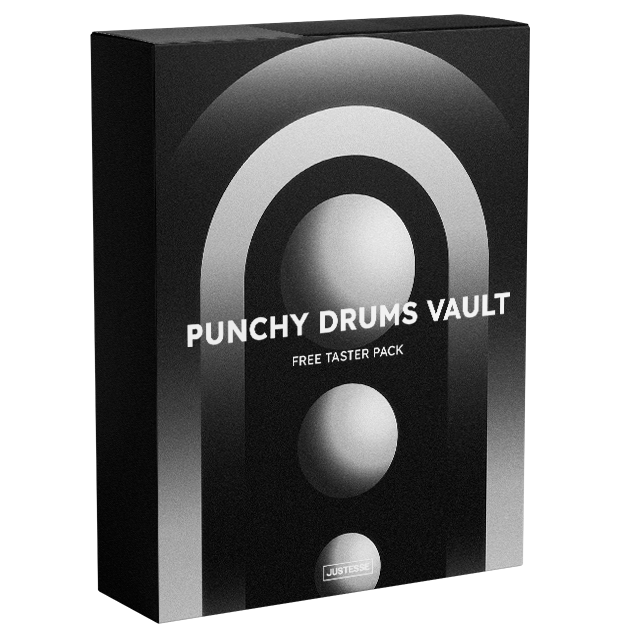
Madeon’s Adventure is one of those rare albums that defined an era and still sounds timeless today. It’s one of the records that inspired me to start producing music, a perfect mix of taste, detail, and bold ideas.
What makes Adventure special isn’t just its melodies or songwriting, but the precision and creativity in the production. Let’s break down what makes this album so unique and what you can learn from it.
1. The Drums: Clean, Punchy, and Pre-Shaped
The first thing that stands out is the drum sound. Madeon often used pre-shifted kicks and snares, meaning he placed a short reversed hi-hat or white noise swell just before each hit. This creates a mini “vacuum” effect that boosts punch and helps glue the drums together. (you can also use the VST Plugin Snapback by Cableguys to replicate the effect)
His kicks are usually tuned around G, short and tight, with bright transients. Sometimes he layers a tambourine or hi-hat one-shot on top to enhance attack.
Snares often sit around 155–160 Hz, with a strong low-mid body. He sometimes combines a clap-snare with no fundamental alongside the kick, or alternates kick-only and snare-only hits to add groove.
The drum bus is heavily processed with parallel compression, clipping, and limiting, which makes the entire kit hit loud and consistent.
2. Synth Layering and Tone Shaping
His synths are lush but never harsh. Madeon tends to apply a gentle low-pass filter on the synth bus to smooth high frequencies and make room for hi-hats and noise layers.
A typical Adventure synth stack includes:
Saw waves (4 to 8 voices, light detune)
Sometimes a Square layer or white noise for texture
A vintage chorus like TAL-Chorus
Occasional Rhodes or electric piano under the lead for warmth
Background drones or crowd noises for depth
He also often processes synths through Guitar Rig or guitar pedal emulations such as Digitech units used by Daft Punk and Justice.
3. Composition and Arrangement
Musically, Adventure mixes Pop and J-Pop influences with complex harmony. Tracks like Pay No Mind start directly with the chorus, a clever way to grab attention.
Madeon has mentioned composing with only white keys (C Major / A Minor) in FL Studio, then transposing later, the same trick used by Porter Robinson.
His chord progressions often use 7th and 9th chords, with beautiful voice leading and borrowed chords from nearby keys. This gives that emotional yet sophisticated sound we all associate with him.
If you want to study his songs, I highly recommend checking out Hooktheory and transposing the tracks to C Major or A Minor to analyze them easily.
4. Sound Design Philosophy
I personally believe Madeon created his own drum arsenal by synthesizing kicks and snares from scratch and separating every component into layers such as body, transient, tail, and noise. This allowed him to fine-tune and re-layer quickly while keeping full control.
You can hear similarities with Justice and Wolfgang Gartner: tight transient control, over-compression, clipping, and noise bursts before each hit. It’s a signature of the French Touch sound that clearly influenced Adventure.
5. Key Takeaways
Short, tuned, bright drums (kick in G, snare around 160 Hz)
Reverse noise or hi-hat swells before hits for extra punch
Strong parallel compression and clipping on drum bus
Filtered synth bus to leave space for highs
Saw plus square plus chorus plus noise layering
Borrowed chords and extended harmonies (7th, 9th)
Arrangements that surprise, such as starting with the chorus
Bonus Tip
If you’re into these kinds of sounds, I recreated some of Madeon’s drum tones including the Pay No Mind snare from scratch in my Punchy Drums Vault pack.
Use the code PRODUCTIONTIPS15 for 15 % off your copy:

Free Taster – Punchy Drums Vault
Subscribe to our newsletter to get productions techniques
